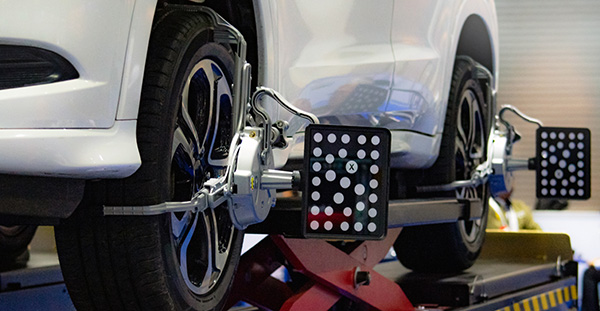
Many drivers think of wheel alignment as a minor adjustment, something to be done only after hitting a curb or noticing their car pulling to one side. In reality, alignment plays a central role in your vehicle’s safety, handling, and tire life. Proper alignment ensures your wheels are pointing in the correct direction relative to each other and the road, thereby reducing stress on your tires and suspension components. Ignoring it can cost you hundreds in premature tire replacement and create unsafe driving conditions.
How Misalignment Shortens Tire Life
Tires are designed to wear evenly across their tread when properly aligned. When wheels are out of alignment, uneven forces are applied to the tread, leading to premature wear. For example, if your camber angle is off, one side of the tire may wear down faster than the other. Similarly, poor toe alignment can cause tires to scrub against the road rather than roll smoothly. Even a small misalignment can shave thousands of miles off your tire’s lifespan.
Warning Signs That Alignment May Be Off
Your vehicle often gives early signs that the wheels are not aligned. You may notice the steering wheel pulling to one side, vibrations while driving at higher speeds, or uneven tread wear when you inspect your tires. Sometimes, the steering wheel itself sits off-center even when you’re driving straight. These issues may seem minor, but they indicate alignment trouble that should be corrected before it causes more serious wear and tear.
How Regular Alignments Improve Safety
Proper wheel alignment doesn’t just save tires; it also improves control and safety. When your wheels are aligned, your car handles more predictably. This matters most in sudden maneuvers, such as braking hard to avoid a collision or steering quickly around an obstacle. Misalignment can make the car feel unstable or reduce traction during turns, especially in wet conditions. A correctly aligned vehicle responds more directly to your steering inputs, giving you confidence on the road.
The Connection Between Alignment and Fuel Efficiency
It may come as a surprise, but poor alignment can affect your fuel economy. Misaligned wheels increase rolling resistance, meaning the engine must work harder to move the car. This extra effort leads to higher fuel consumption. Regular alignment ensures your tires move smoothly, enabling your vehicle to achieve better fuel efficiency. Over time, the savings at the pump can easily cover the cost of periodic alignment services.
How Often Should You Schedule an Alignment
For most drivers, an alignment check every 6,000 to 10,000 miles is recommended, or roughly once a year. However, the frequency may vary depending on your driving habits and conditions. City drivers who frequently encounter potholes, curbs, or construction zones may need more frequent checks. Similarly, if you’ve recently replaced suspension components, installed new tires, or been in a minor collision, it’s wise to have the alignment checked right away.
What Happens During an Alignment Service
When you bring your vehicle in for an alignment, technicians use specialized equipment to measure your vehicle’s camber, caster, and toe angles. Adjustments are then made to bring everything back into the manufacturer’s recommended specifications. The process not only helps tires last longer but also ensures other components like the suspension and steering system are not under unnecessary stress.
Extend Tire Life With DRIVE AutoCare in Solana Beach
Tires are one of the most expensive consumables on your car, so maximizing their lifespan should be a priority. Regular wheel alignment is a simple, cost-effective service that saves money, improves fuel economy, and enhances your safety on the road. At DRIVE AutoCare in Solana Beach, CA, our expert team provides precise alignments to help protect your investment and keep your car driving smoothly.
Schedule your alignment today and enjoy the confidence of a safer, more efficient ride.